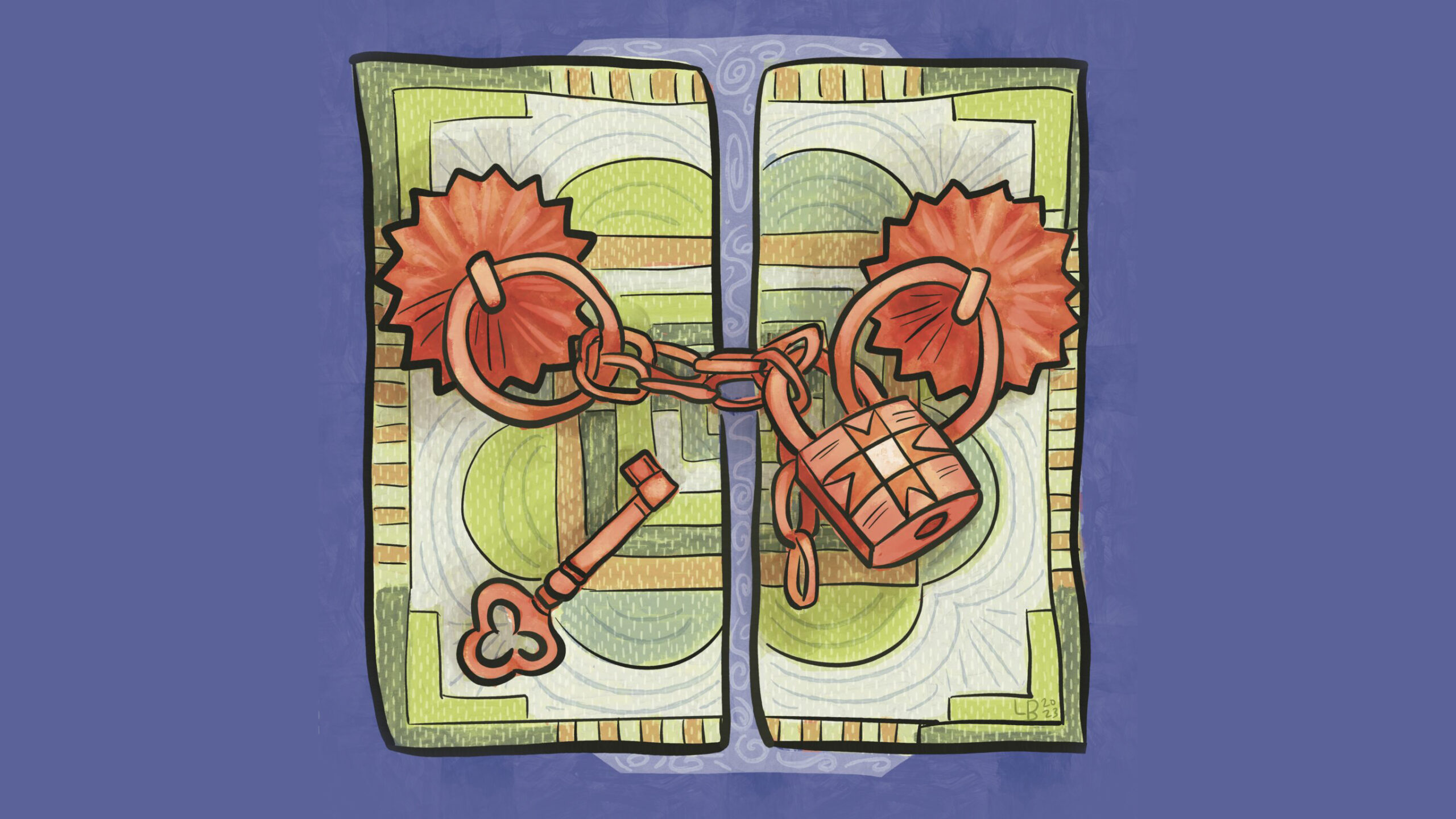What if art was defined by the way people came together to make the “impossible,” possible? What if the creation of a personal invitation became an art form to solve complex challenges? Join us in celebrating the “Artistry of the Human Dynamic” to build communities+ of the future.
+Community – a group of people, united by a common purpose and galvanized through actively improving the conditions around them
Companion Audio: Rural Threads
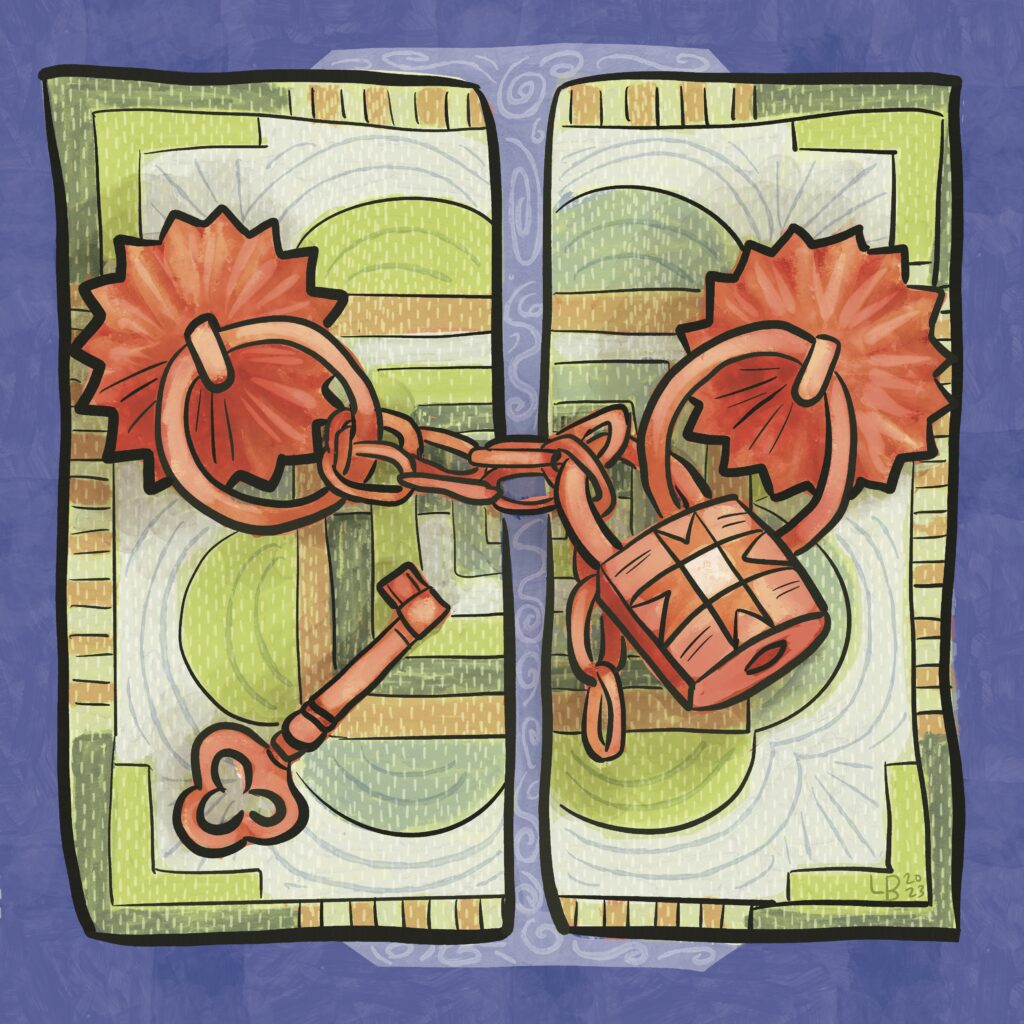
Accessibility & Community Development
How can rural communities drive accessibility improvements by inviting community members with lived experience to the table? Discover a thoughtful approach to growing community momentum through personal invitations and artful collaboration.
Featuring
-
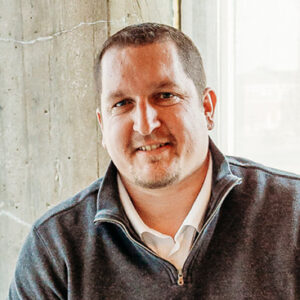
Nick Cochart
KINECTM1
Nick Cochart has served the school district in the small lakeshore community of Algoma, Wisconsin since 2011, in roles ranging from Middle School/High School Principal to Athletic Director to Superintendent. A former Academic All-Big Ten lineman at the University of Wisconsin, he holds a Masters and PhD in Educational Leadership and Policy Analysis.
Collaborating with like-minded individuals in the community, Nick helped raise over $2 million dollars toward the construction of the Algoma Community Wellness Center and Wolf Tech Center adjoined to the high school. He was elected President of the Door/Kewaunee County insurance consortium; is community advisor for the Institute of Healthcare Improvement’s SCALE initiative with 100 Million Healthier Lives; is a Culture of Health Ambassador for the Robert Wood Johnson Foundation; and received the Northeast Wisconsin Manufacturing Alliance’s Educational Innovation Award.
His passion for overcoming the challenges faced by rural communities and school systems prompted him to co-found KinectM1, as he strives to excel, and help others to excel, in a continually changing world.
-
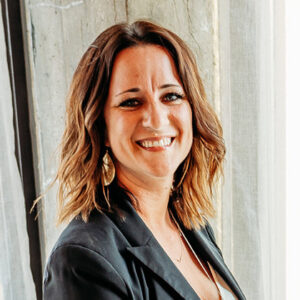
Teal VanLanen
KINECTM1
Teal VanLaren has dedicated her career to improving the health and well-being of those living in and around the small rural community of Algoma, Wisconsin. As the Director of Improvement and Community Engagement with the Algoma School District, Teal focused on creating spaces that bring multiple generations together to serve as a hub for community improvement and connection.
In 2015, Teal co-founded the grassroots initiative Live Algoma, which earned international recognition including the Robert Wood Johnson Culture of Health Prize. The same year, she was named Improvement Advisor for the 100 Million Healthier Lives – SCALE Initiative led by the Institute of Healthcare Improvement. Teal has expanded her educational foundation to parallel her career path, and she now holds a master’s degree in Educational Leadership with an emphasis on Social Justice and Equity.
In her current role, Teal co-founded KinectM1, and serves as the driving force in connecting communities dedicated to creating the conditions for all to thrive.
-
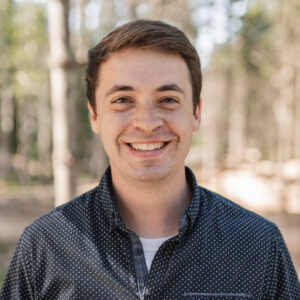
Adam Peronto
KINECTM1
A selfless advocate for individuals with different abilities, Adam Peronto is a cornerstone of authentic and diverse programming across northeast Wisconsin.
A 2017 University of Wisconsin-Eau Claire graduate, Adam developed the Door County Meals Cooperative while working for Door County Medical Center.in response to the needs identified during the early stages of COVID-19. Alongside this work, Adam also founded and managed Peninsula Charities, where he partnered with local stakeholders to facilitate fundraising events for area nonprofits. His most recent work developing and implementing the RIDE4Kids program is expanding rapidly as a sought-after support program for students with disabilities in northeast Wisconsin.
Since joining KinectM1 as Executive Project Director, Adam has focused on elevating the connections between diverse populations and our natural environments.
-
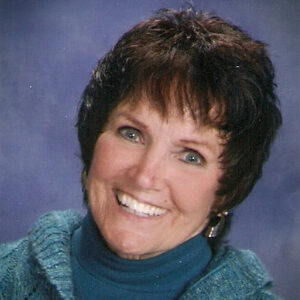
Myrna Peterson
Mobility Mania
Myrna Peterson is the founder of Mobility Mania, an organization dedicated to promoting accessibility in Minnesota’s Itasca County, while providing a framework for promoting its mission to the state and federal level.
A grandmother from the rural northern Minnesota community of Grand Rapids, Myrna’s public school and college level teaching career was cut short by a devastating auto accident that caused her to become a quadriplegic. She credits her background in technology, love of live, faith, and perseverance for allowing her to continue learning and teaching in her community.
The recipient of the 2019 AARP Minnesota Andrus Award for Community Service, Myrna is active in both Itasca County and the State of Minnesota, most recently as a member of the Governor’s Committee on Waiver Reimagine and the Governor’s Council on Assistive Technology. She also contributes as a Board member in local arts and culture and faith-based organizations.
Address Shared Challenges by Building on the “Commons”
The biggest societal issues of today are demanding new levels of collaboration and innovation, especially in the rural communities across the Midwest.
While there is much passion to improve the many challenges facing our communities, it remains difficult to create sustainable change when working alone. So how can we transform these shared problems into shared opportunities? At Kinect M1, we have found that when passion and will become interwoven with relationships, connections, and a shared vision, the impossible becomes possible.
Defining the “Commons”
The “Commons” is essentially a space which holds the assets of a community. How communities utilize, interact with, and restore these resources within that space is central to the work of Kinect M1. When community members are able to recognize these common resources and assets, they have a natural propensity to utilize them, creating beautiful possibilities and building things of enduring meaning and value for all.

However, without management and the stewardship of these shared assets, a “Tragedy of the Commons” will occur; often depleting the associated resources and assets to the point of destruction.
For example, imagine an open pasture of grassland where local farmers slowly introduce animals to graze. If managed correctly, the resource will provide while also replenishing. Without consideration of management, the number of animals increasingly stresses the resource, overwhelming the resource, and destroying it because it was never allowed to replenish.
Communities+ that build a harmonious cycle of utilization and restoration, reap the benefits of a collective resource that feeds community improvement. The “Art of the Human Dynamic” is intentional and must be fostered in our communities+ if we wish to develop a prosperous and thriving community “Commons”.
Create an Artful Personal Invitation to Grow Community Momentum
To build a thriving “Commons” in your community+, consider personally inviting those who have experienced the challenge firsthand, as well as those who hold a piece to the puzzle. In other words, invite those who can help create the opportunity in which you want to see. The invitation you extend will generate interest and hope for a different and desirable outcome. A letter, text, or email will not convey the call for change, nor elicit the necessary response. An invitation needs to be thoughtful and in-person. People need to hear directly about the challenge, the importance of it for you, your dreams for the future, and why you value their input in the work ahead.
Here are some tips shared from communities+ across Northeast Wisconsin when crafting personal invitations:
-
1
Diversify your invite list.
Think about inviting individuals who have a different view of the community to include individuals with labeled identities such as: formal leader, emerging leader, experienced leader, and content expert.
-
2
Be specific.
Tell them why their voice needs to be at the table.
-
3
Allow the invited person to pass or suggest someone else in their place if they cannot commit to the work ahead.
People are busy and have lived with the problem for usually a long period of time. As a result, the invitation must be compelling enough to generate interest and provide the reason for people to believe that this is different.
-
4
Express your gratitude.
Individuals who are invited will have to know how important they are to the work ahead and that their input is not only critical but valued.
Want to learn more? Check out these real tips from Northeast Wisconsin.
Try it Yourself
Are you feeling inspired to create the “Art of the Human Dynamic” and generate a Thriving Commons? It’s time to craft your personal invitations!
- Who needs to be invited?
- What pieces of the puzzle do you hold?
- What pieces do you need yet, and who holds those pieces?
- Why will people want to respond to the invitation?
- How is the invitation made, who is doing the invite, and why does their voice need to be at the table?
- What are people being invited to?
Remember: An invitation needs to be thoughtful and in-person.
Ready to go deeper? Download our DIY Guide: Elements of a Personal Invitation
